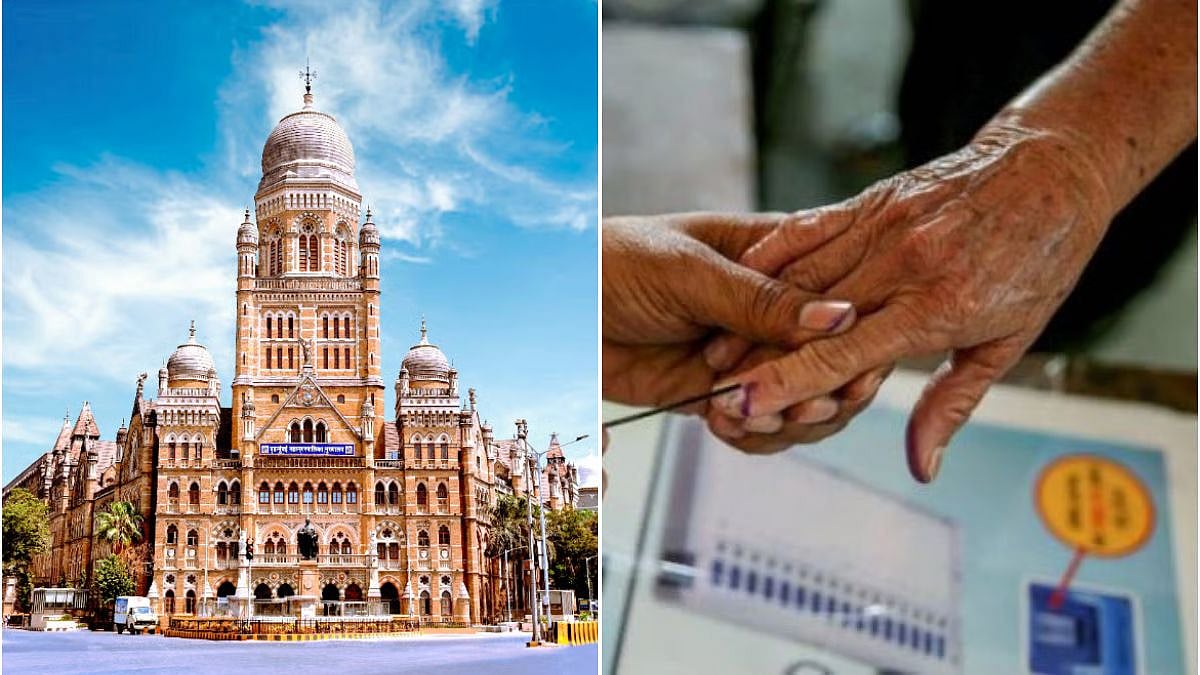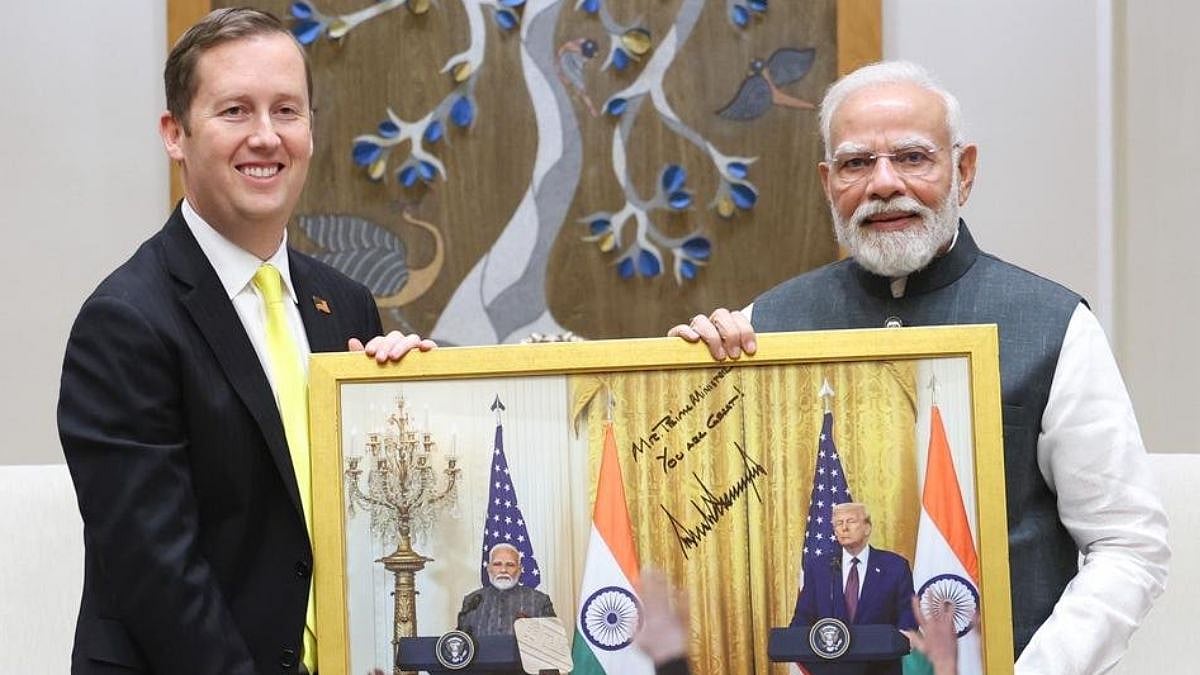There is drama in the theatre of the Indian military.
Act 1:
General Bipin Rawat is made Chief of Defence Staff on Jan 1, 2020. Gen Manoj Mukund Naravane takes over as the Army chief. The Centre details the tasks of the CDS. Chief among them is the creation of “theatre commands”. The timeline is three years, 2023. And here we are.
Theatre Commands would integrate 17 separate Army, Navy and Air Force commands. They would be in charge of defined battle spaces within which the theatre commander would have all arms and services, meaning the theatre commander would be able to execute all (kinetic) action with all kinds of weapons, ships, submarines, aircraft, missiles, tanks, clubs, sticks, spears, daggers, monkey gloves and psychic instruments.
Gen Rawat was put in charge of the most profound military reforms since 1947, to create the structures and staff them to face up to Pakistan or China or Pakistan and China (or any other adversary).
Gen Rawat died in a helicopter crash in Tamil Nadu in December 2021. After nine months, Gen Anil Chauhan is pulled out of retirement and made the new CDS. He takes over in October 2022, two months ago. The timelines have gone for a toss.
Gen Naravane retires as the Army chief in April 2022. Usually diminuendo when speaking in public while in service, his is the loudest operatic tenor by the time 2022 ends.
In the last week of 2022, at the fourth Gen KV Krishna Rao memorial lecture hosted by the Indian Army’s Mahar Regiment and the United Services Institution, he said the Government was risking “putting the cart before the horse” by creating theatre commands before laying down a National Security Doctrine and a National Defence Policy.
The full title of Gen Naravane’s speech is ‘Theaterisation in the backdrop of the Malayan Campaign and the Fall of Singapore’. Post-retirement, Gen Naravane visited the city-state where he met former coursemates.
The Malayan Campaign refers to the Japanese invasion of the Pacific in the Christmas-New Year season 81 years ago. In 70 days, by the end of February 1942, the British had surrendered after their own and Indian forces officered and commanded by them, and the Australians, were routed by the Japanese Imperial Guard. The Royal Navy’s ‘Project Z’, a flotilla of battleships including the HMS Prince of Wales and HMS Repulse, were sunk. In Gen Naravane’s words, the Malayan campaign “has all the elements of a potboiler”.
The point he makes is that the British failed because their theatre command — the South East Asia Command then headquartered in Singapore — was not given definite objectives and was, to use an Indian Sanskrit phrase “kinkartavyavimurh”, nonplussed. The high command in London and Prime Minister Winston Churchill had failed to read the enemy. It would take three-and-a-half years before the British would regain Singapore.
(An aside: the Malayan Campaign was also the backdrop to the raising of Subhas Chandra Bose’s Indian National Army (INA) and its march till the battles of Imphal and Kohima in the capitals of Manipur and Nagaland before it was routed by Bill Slim’s 14th Army in Burma in 1944.)
General Naravane’s history lesson doubtlessly has a present-day moral: that unless the political leadership knows what it wants, battlefield routs would be inevitable.
In an honest Sangh Parivar-led Government, a national security doctrine would define not only the guarding of current Indian borders and seas but also state an intention to regain Pakistan-occupied Kashmir and Aksai Chin and indeed an ‘Akhand Bharat’. The ramifications would be complex. The contortions in reforming India’s military would require more definitive diagnosis.
Act 2:
After the fashion to find the word of the year, a seductive phrase comes by.
Like Merriam-Webster’s said its word of the year was “gaslight”—— psychological engineering to fault others, and the Oxford English Dictionary said it was “goblin mode” — “self-indulgent, lazy, slovenly or greedy”, Foreign Policy magazine has now listed “Zeitenwende” as the top geopolitical word of 2022.
Olaf Scholz, Germany’s Chancellor, used it to mean “epochal shift” after Russia’s invasion of Ukraine. The theaterisation of the Indian military was touted as Zeitenwende, especially now that 75 years after August 1947, Prime Minister Narendra Modi called for the removal of vestiges of colonial slavery.
India’s Zeitenwende is in goblin mode during polycrisis at the dawn of 2023.
Gen Manoj Pande, the current Army chief, said at the same venue that the Indian military’s new recruits, the Agniveers, soldiers on four-year contracts, have just started joining the regiments.
So there is China at the gates, in a firm axis with Pakistan, which marched into India-patrolled zones in eastern Ladakh in early 2020 when Gen Naravane was the Army chief, who on retirement is asking for a new national security doctrine when India is drafting 25,000 recruits through an untested system.
A high-level committee headed by National Security Adviser Ajit Doval was set up in 2018 with this precise brief — to formulate a national security policy. Four years later little is known about it.
In the drama of the Cart-Before-the-Horse, the curtain call is far from sight.
Sujan Dutta is a journalist based in Delhi. He tweets from @reportersujan









